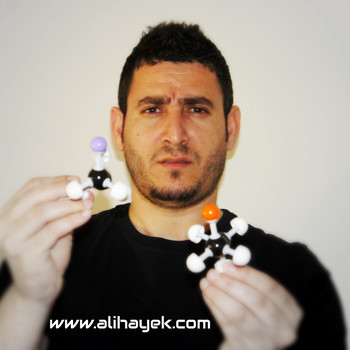Question #ef8d4
3 Answers
Explanation:
This question could be solved using Nernst Equation:
where,
Oxidation:
Reduction:
and
Therefore,
I recommend this video about the Nernst Equation:
Explanation:
The usable form of the Nernst Equation at
Th cell potential will be equal to
Explanation:
Start by taking a look at the redox reaction that is used for the cell
#"Zn"_text((s]) + "Pb"_text((aq])^(2+) -> "Zn"_text((aq])^(2+) + "Pb"_text((s])#
Zinc metal is being oxidized to zinc cations and lead cations are being reduced to lead metal.
Before moving forward, you need to determine how many moles of electrons are being transferred in this redox reaction.
#stackrel(color(blue)(0))("Zn"_text((s])) + stackrel(color(blue)(+2))("Pb"_text((aq])^(2+)) -> stackrel(color(blue)(+2))("Zn"_text((aq])^(2+)) + stackrel(color(blue)(0))("Pb"_text((s]))#
Notice that zinc metal's oxidation number chenges from 0 on the reactants' side, to +2 on the products' side, which means that it loses two electrons.
Lead goes from a +2 oxidation state on the reactants' side, to 0 on the products' side, which of course means that it gained two electrons.
This tells you that two moles of electrons are being transferred between the species that is being oxidized and the one that is being reduced.
Now, in order to find the cell's potential, you need to use the Nernst equation - I'll use the version at
#E_"cell" = E_"cell"^@ - 0.059/n * logQ_r" "# , where
In your case, the reaction quotient will be equal to - remember that solids are not included in the expression of the reaction quotient
#Q_r = (["Zn"^(2+)])/(["Pb"^(2+)]) = (1.0color(red)(cancel(color(black)("M"))))/(2.0 * 10^(-4)color(red)(cancel(color(black)("M")))) = 5.0 * 10""^3#
Therefore, the cell potential will be
#E_"cell" = +0.63 - 1/2 * 0.059 * log(5 * 10""^3)#
#E_"cell" = +0.63 - 1/2 * 0.059 * 3.699 = 0.63 - 0.109 = color(green)(+"0.52 V")#
The answer is rounded to two sig figs.
I recommend this video about the Nernst Equation:



